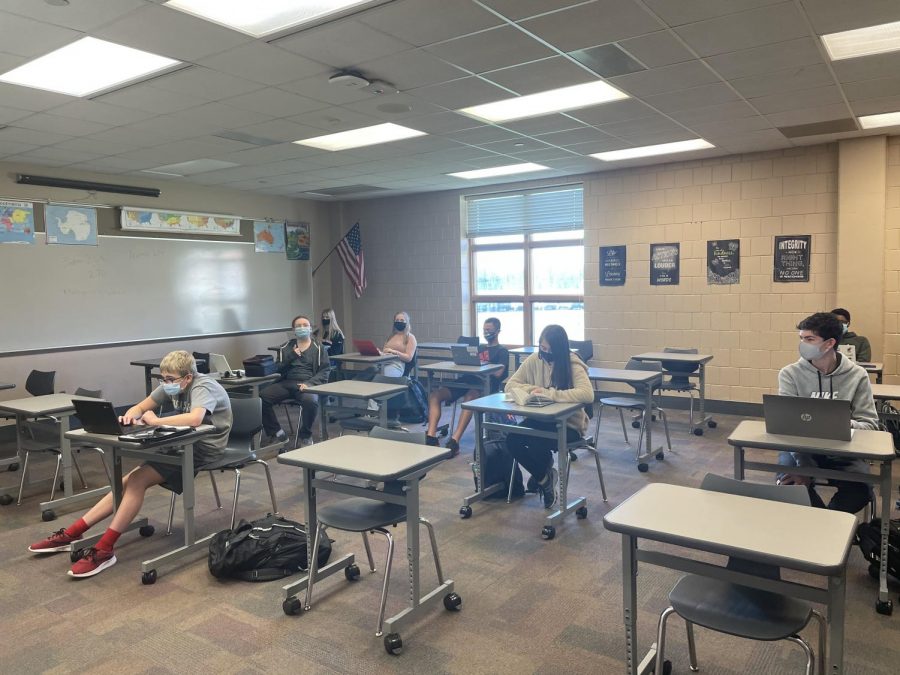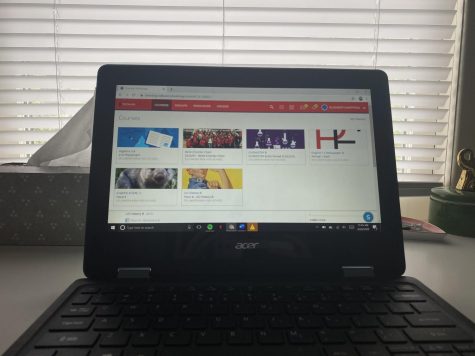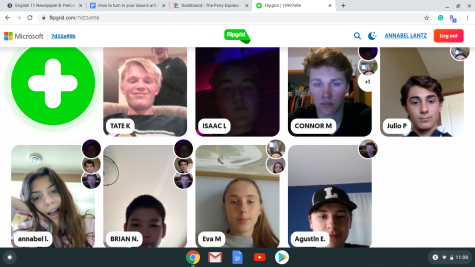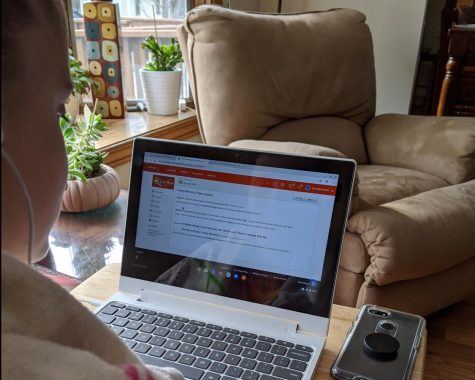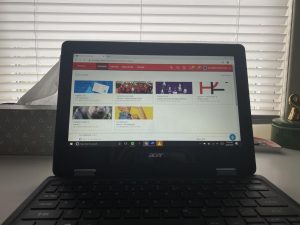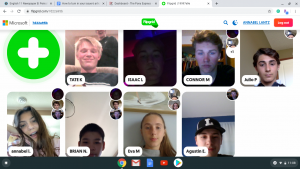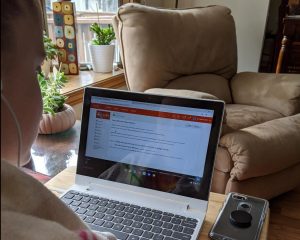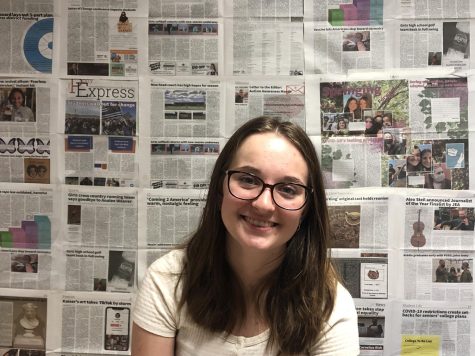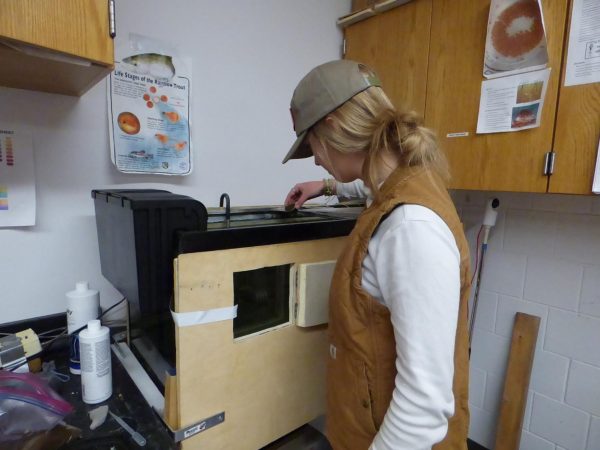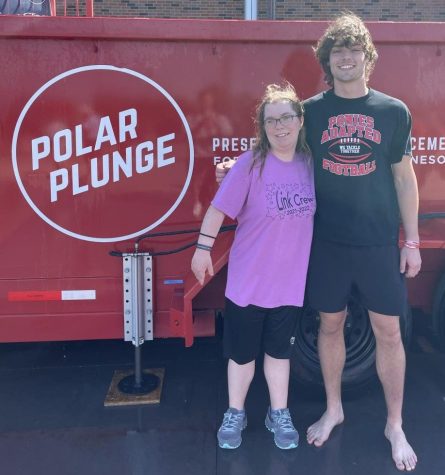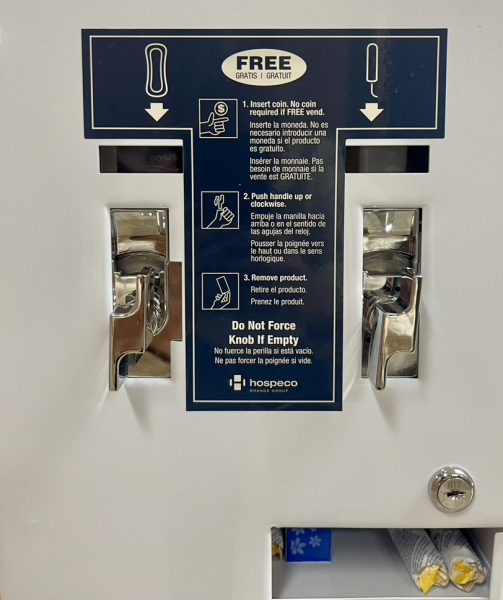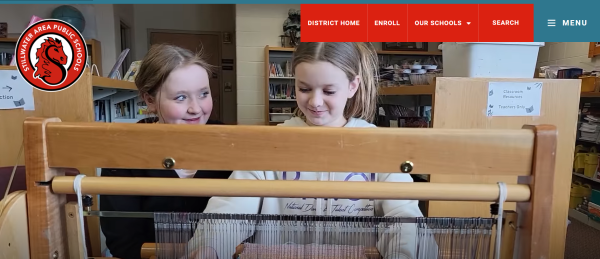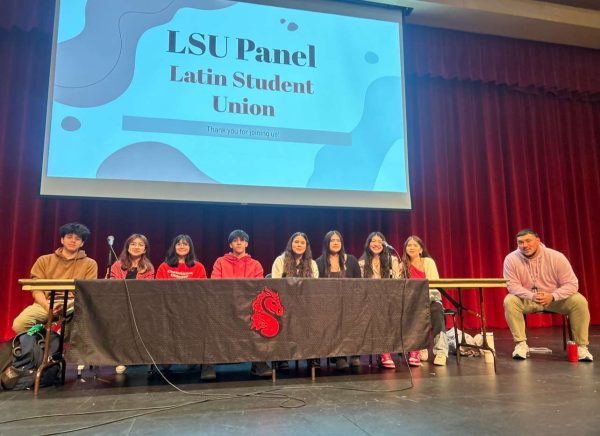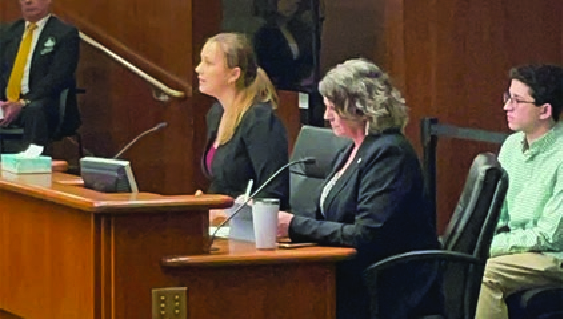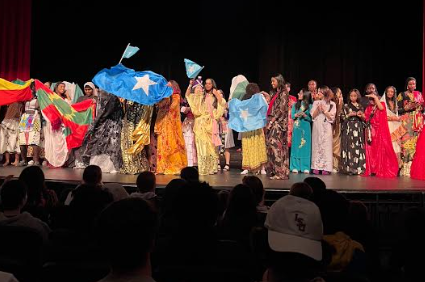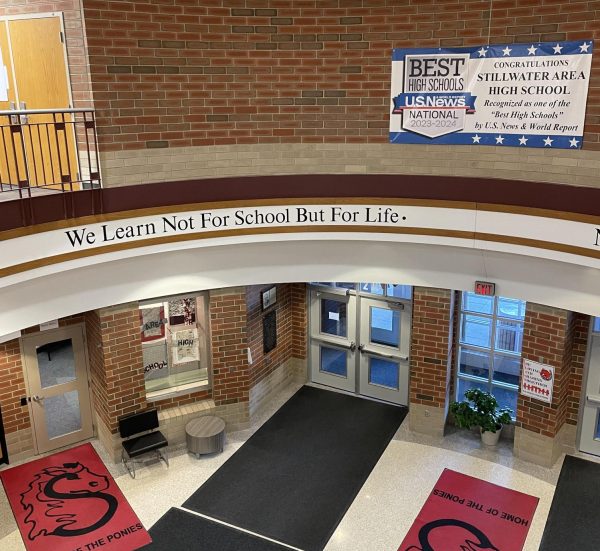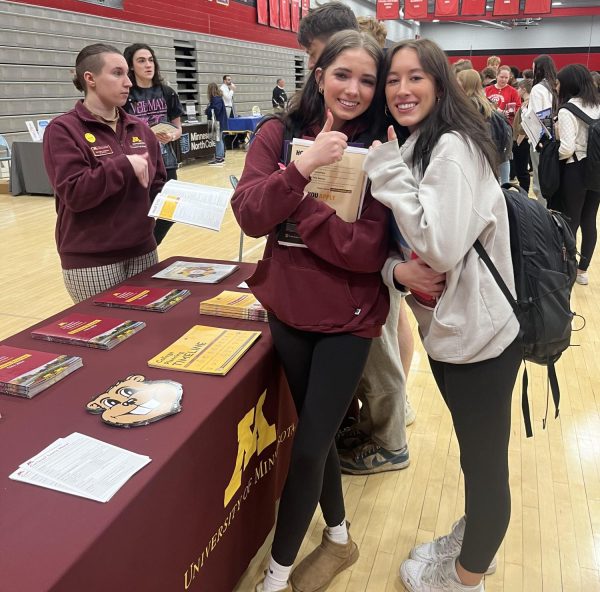District recommends new levy fall 2021
The current operating levy generates funding for students to learn, paying for materials, teachers, and technology. The levy also keeps class sizes small so students can have close relationships with classmates and teachers, if a new levy is not chosen in November, class sizes will expand.
April 18, 2021
In November, Stillwater Area School District taxpayers will be asked to consider and approve new funding to the school district to help address several needs, with the renewal of an expiring operating levy its top priority. The current operating levy generates more than $11 million in annual funding (approximately $1,288 per student) and will expire at the end of the 2021-2022 school year. If a new levy is not approved in November, the district will not have the funding from the levy and would face significant budget cuts for the 2022-2023 school year and beyond.
This fall, voters will choose between three different levys, either the current operating levy, with the option for the district to ask for a possible levy increase, a capital projects levy, also known as a technology levy, which would allow the district to generate additional revenue for technology and capital projects, or a bond, which would renovate and replace elementary schools in the southern part of the district like Lake Elmo and Brookview elementary schools.
“We have to decide if we have the operating levy, and we can go out and ask for it to be renewed, or we can ask for it to be renewed and increased and the levy, when you do a levy, the levy is for learning, and a bond is for building,” District Superintendent Malinda Lansfeldt said.
The district sent out a survey to over 400 families in the district to provide feedback on possible levys to offer on the ballot in November, being offered three options, operating levy, technology levy, and bond. If taxpayers chose the operating levy for future years, the district can also ask for a levy increase, which could contribute an additional $135 per student.
Currently, families would support bringing the levy up to $135 per household, on an average household with a $350,000 home, “That would be the tax impact which would give us the levy. Plus, $4 million. . . If we increase up to $135, divided over 12 months, it would be $11 extra a month on your taxes. We are going to provide all of this information to the public and to our community so they can make the decision,” Lansfeldt explained.
A levy can be put in place up to 10 years, the school board voted for the last levy to be in effect for eight years in 2013. Due to inflation and a loss of about 300 students in the district, in order to keep from making any cuts, the current levy would need to be raised to fund the district and its current operations.
Lansfeldt explained the last time a levy vote was done was in 2013, and the school board voted to go eight years. The district has been running with those funds from 2013, and over time inflation and everything else, increases. Over the course of the pandemic, the district has lost close to 300 students this year, which lowers district funding because every student brings in money to the district.
“We have been running numbers and if we just renew the operating levy, we’ll be making some cuts, because everything’s more expensive and we’ve lost students,” Lansfeldt added.
We have to decide if we have the operating levy, and we can go out and ask for it to be renewed, or we can ask for it to be renewed and increased and the levy, when you do a levy, the levy is for learning, and a bond is for building.
— Malinda Lansfeldt
Once the district decides on what types of levis to ask for and how much of a levy increase, if any is needed, “Then we will send a more specific second survey to nail it down in terms of what we might ask and how long the levy will be in place for, which could be part of the question as well we’re going to ask the community the second time around. There are a lot of pros and cons in terms of term length, do you go for a longer-term so you don’t have to go and ask again, but the negative to the longer term is, you might fall behind in terms of the amount you are receiving from the community. Term length will be one of the decisions we make in May, when we make those final decisions,” School Board Chair Beverly Petrie explained.
Technology is becoming an increasing need within the district, all the technology fees or costs are coming out of the general fund, which is about $2.8 million. If the district goes out for a technology levy of $4.7 million, $2.8 million will be freed up from the general district fund. The district is one of only a handful of districts in the metro area without a dedicated source of funding for technology, a technology levy would provide funds for devices, infrastructure, and even technology staffing throughout the district. However, if the technology levy is approved, the district could not ask for an operating levy as the two are considered separate levis.
According to Petrie, if the district does an operating and a tech levy, they would have to be separate because a technology levy is considered capital projects, so the district is essentially buying equipment and technology-related items with capital projects. Whereas an operating levy is more for just the everyday expenses of educating students. If both are chosen to be presented on the ballot, they would be separate questions.
Woodbury is quickly expanding, putting schools in the south end of the district at full capacity. A bond would generate funding to rebuild and/or remodel schools like Lake Elmo and Brookview Elementaries and Oakland Middle School.
The community design team looked at all the bond projects and needs across the district, “a bond will help with their top priorities, the expansion of Brookview for eight classrooms, rebuilding Lake Elmo on its current site or another site, and Oakland Middle School, the feeder school in the South for all the elementary schools, it’s going to run out of room as well,” Lansfeldt said.
The school board will decide which levis to include on November’s ballot by the end of June, choosing three or fewer options to include. When putting together the questions for the ballot, it is recommended the district does not put any more than three questions because the more questions put on a ballot, the smaller chance there is of them passing.
“In our next work session we’re going to provide from the lowest end to the highest end and discuss it, and then the school board is going to have to make a decision on what we put on the ballot at the end of June after we narrow everything down. Later in the summer, we’ll be doing another community survey to see what questions and what wording we put on the ballot for November,” Lansfeldt said.
Leading up to the vote in November, the school board will look over the pros and cons of each levy and will send multiple surveys to the community so when the time comes for taxpayers to vote, they will be presented with the most beneficial options to the district and to their student. An operating levy generates funding for instruction and materials for students, while capital projects will provide funds to increase and update technology within the district and a bond will pay for overcrowding schools to expand and create new classrooms for growing numbers of students.


